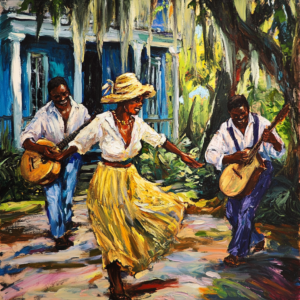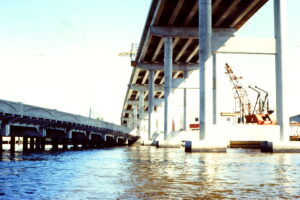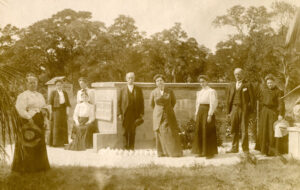Mound Key is well known as the capital of the Calusa Indians. However, recently archaeologists from Florida and Georgia have discovered that this small island in the middle of Estero Bay was also the location of one of the first Jesuit missions in North America. The Spanish fort, known as Fort San Anton de Carlos was built in 1566 on the 25-acre island. Archeologists have thought that the fort was located on Mound Key for many years, but they lacked concrete evidence to prove their theory.

In the beginning, all the scientists had to go on what information gleaned from Spanish documents suggesting that the Calusa capital was located on Mound Key along with the Spanish fort. Although archaeologists and historians had spent much time exploring the island and collecting pottery from the top of the mounds, they had not found any physical evidence of the Calusa King’s house or fort.

According to the University of Georgia website, researchers used “remote sensing, coring, ground penetrating radar and excavations to uncover the walls of the fort and a few artifacts such as ceramic shards and beads.” The fort is also the earliest known example of “tabby” architecture, which is a rough form of shell concrete made by burning shells to create lime. The lime is then mixed with sand, ash, water, and broken shells.
The researchers uncovered a substantial amount of the walls, but they believe there is still much more to learn and excavate.
This was a very important discovery since little is known about the early Spanish missions in Florida.



